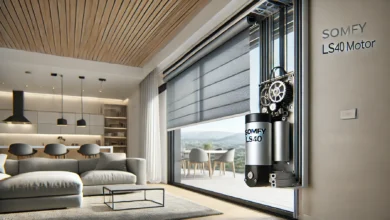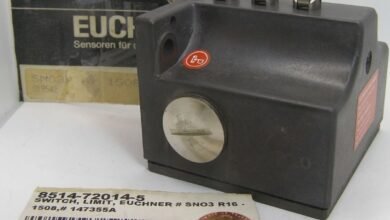Double Check Valves: Function, Features, and Uses

Introduction
Check valves are essential sealed parts of a certain design’s construction with the purpose of protecting water sources from pollution. These devices help to avoid backflow to prevent the water system from becoming contaminated with impunities. Knowledge in their operations and uses can assist you conclude the right decisions about the right usage on diverse systems.
Think of your water source being shut down because of pollution of water. Course valves ensure that double check valves act as a reliable barrier, to ensure your water is not contaminated. They serve a vital function of main protection where backflow of fluids could have implications in the system.
A double check valve is composed of two check valves connected in a way such that, the check valve is followed by another check valve in a pipeline. Such design makes sure that in case one valve is compromised, the other one is still effective in preventing contamination. Through the prevention of pressure differentials and leaks, these valves help keep your water system untampered.
What is a Double Check Valve?
A double check valve is a backflow prevention that is used to prevent contamination of water supplies as previously mentioned. What it has are two check valves in series that guarantee a backup function. This setup is good in that even if one of the valves malfunctions there is other valve that can be used in ensuring safety in the water supply.
How Does a Double Check Valve Work?
The double check valve works in mode that two check valves are to be used. The first valve has to close if there is back pressure in the line while the second valve enhances on pressure differences therefore creating a good seat and practically no leakage. It also points out that this two-fold action helps in improving isolation of contamination by the valve.
Applications of Double Check Valves
Non-identification check valves are employed in many stages such as lawn sprinkling, fire fighting sprinkler systems, and combi-boilers. They are fit for use in order to counteract back pressure and back siphonage since they are useful in prevention of water systems from contaminants. However, applications with higher hazards might require stronger devices such as the Reduced Pressure Zone devices.
Difference between Double Check Valves and Dual Check Valves
Both double check and dual check valves work in the same way but the former is considered more reliable and offers some extra features. A dual check valve generally has two spring loaded check valves but is not always equipped with shutoff valves as well as test cocks. Double check valves, however, normally possess these features, and thus are more suitable for such vital uses.
Maintenance and Testing of Double Check Valves
Maintenance of check valves and tests intend to be conducted to assess their functionality of double check valves. The test cocks or small ball valves are occasionally provided so that one can easily perform a test or asses the viability of the valve. Maintenance assists in identifying a problem and its solution before it becomes a major problem, guaranteeing that the valve is protecting the water supply in the best way possible.
FAQ’s
What is the primary function of a double check valve?
To prevent backflow and protect water supplies from contamination.
Where are double check valves commonly used?
In lawn irrigation systems, fire sprinklers, and combi-boilers.
What is the difference between a double check valve and a dual check valve?
These are generally more reliable and may include shutoff valves and test cocks, unlike dual check valves.
How often should double check valves be tested?
Regularly, to ensure they function correctly and maintain water system safety.
Can double check valves be used in high hazard applications?
No, for high hazard applications, more reliable valves like reduced pressure zone devices are recommended.
Conclusion
These check valves are very important if one does not want backflow incidences that lead to the contamination of water systems. Being check valves with two inlet and outlet orifices they can be effectively employed in multiple situations, whether it is irrigation or fire sprinkler systems. This renders them competent in their function and organizational structure for conducting normal exercises in maintenance and testing. In critical applications, look for stiffer materials whenever it is necessary.




